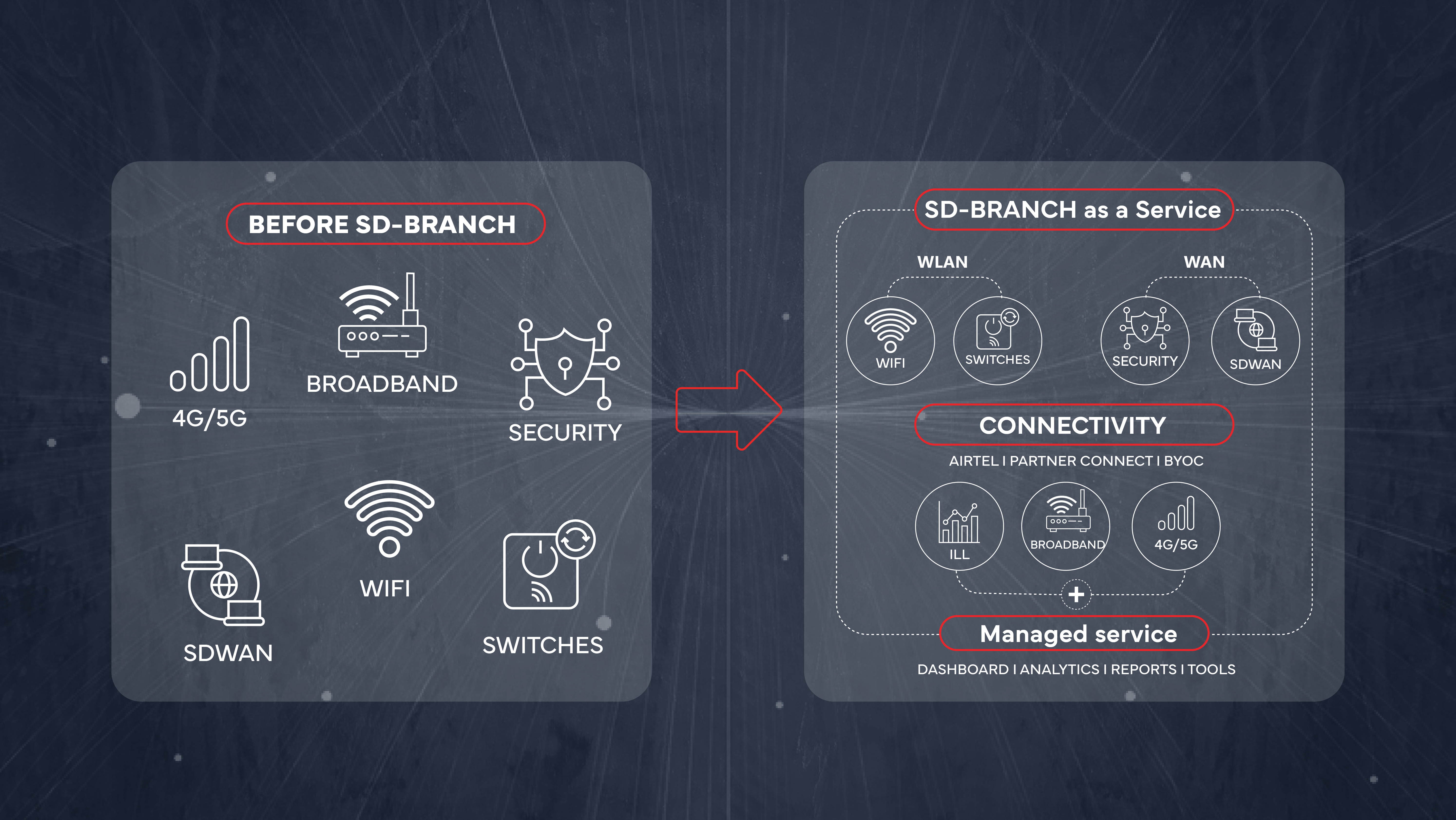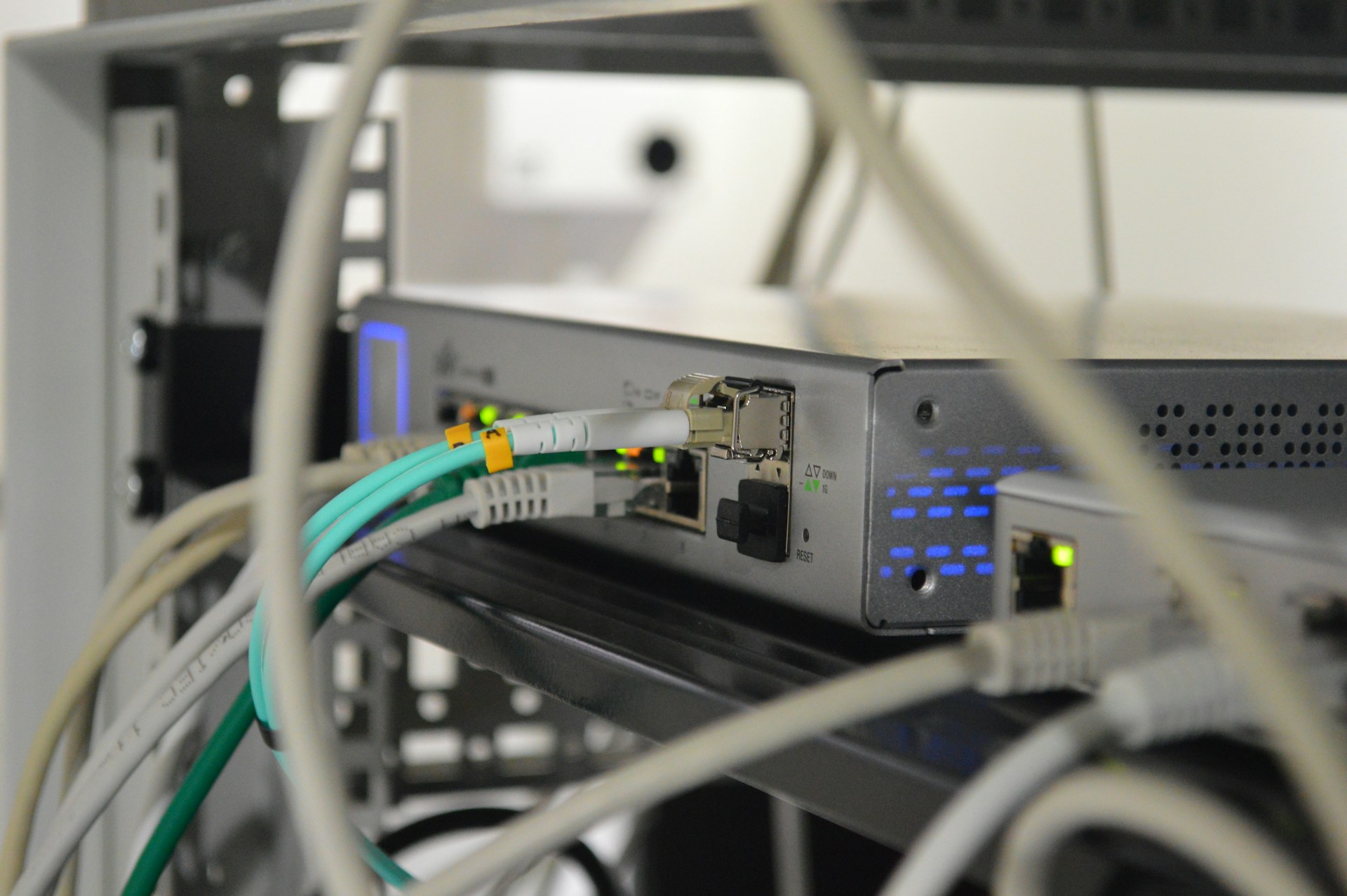A Comprehensive Evaluation Of Broadband Network Gateway (BNG)
-
April 23, 2024
-
7 min read

The Broadband Network Gateway (BNG) has played a pivotal role in reshaping the digital infrastructure. Also known as a broadband remote access server, the BNG not only maintains a seamless connection between ISPs but also delivers fast internet connectivity to end users.
BNG is a function of Stingray Service Gateways that enables ISPs to maintain the Quality of Services (QoS) and filter traffic. The main objective of the Broadband Remote Access Server is to authorise, apply tariff plans, and terminate PPPoE and IPoE subscribers. BNG routes the traffic to and from different broadband networks so users can receive Internet or IPTV services.
According to the projected market report (2023–29), the CAGR of the global broadband network gateway market is expected to reach 19.71% by 2027.
This comprehensive guide discusses everything from examining the BNG architecture, different BNG options, and diverse features to the impact on network performance.
Introduction to Broadband Network Gateway (BNG)
BNG architecture offers a wide array of network deployment options for service providers, network operators, and stakeholders. As of now, BNG is probably the most efficient solution to meet the increasing demand for broadband services. BNG has emerged as the key element of network longevity.
The BNG architecture promises to provide a flexible, scalable, and reliable broadband network platform for an optimal user experience. The architecture has been designed to perform the five main tasks, including:
- To connect with the customer Premise equipment (CPE).
- To regulate the customer sessions via IPoE and PPPoE protocols.
- To keep an account of customer sessions and interact with the AAA server.
- To interact with the DHCP server and assign IP addresses to customers.
- To advertise the routes.
Major components of a BNG
- Home network and access layers serve as the subscriber’s entry points.
- The aggregation layer multiplexes the users into a single or group of links to increase efficiency.
- The broadband edge allows users to access internet services and digital content. This layer prioritises users based on their tariff plans and services by exchanging data between BNG and RADIUS servers.
- The core serves as a transportation mode, whereas other resources work as data centres, video headends, content providers, etc.
Let’s understand how the various components in the broadband network gateway architecture work to facilitate high-speed Internet services for end-users.
- To begin with, the BNG system sends a request to the billing system through the Radius protocol on the user’s first data packet.
- After receiving the set of network services, L3 (IPoE) and L2 (DHCP, PPPoE, and static IP) modes come into functionality through the support of Dual Stack IPv4 and IPv6.
Hardware Specifications and Software Prerequisites for Deploying a BNG
Open BNG offers network operators the leverage of choosing both hardware components as well as software features. Hardware BNGs are specialized networking equipment such as switches, routers, etc. that serve as the termination point for ISPs. The hardware requirements of Open BNG can vary depending on traffic load, specific functionalities, and network scalability.
Hardware Specifications Required for Deploying a BNG
Check below for some basic hardware requisites for deploying an OBNG.
- Multicore processors to efficiently handle network traffic.
- RAM to store session information, routing tables, etc.
- SSDs or HDDs for storing OS files, documents, and logs.
- NICs for network configuration and connection.
- Redundant supply, drivers to handle power outages or failures.
- Scalable CPE and OLT equipment with a modular design to handle heavy traffic.
- Compliance with standards like NEBS (Network Equipment-Building System) or FIPS (Federal Information Processing).
Software Features Requirement of Open BNG
For deploying a fully functional Open BNG, adding software features is quite complex. Here’s the list of high-level software requirements for OBNG deployment.
- Subscriber Management
It is one of the key functions of BNG to identify and authorise the subscriber before they can use the internet services. Subscriber management for BNG provides support for managing sessions, IPTV, and VoIP (Voice over Internet Protocol). OBNG must be able to manage subscribers, especially when a range of other subscriber services are offering triple plays (voice, data, or video) or multi-plays. It also requires various TRs (technical reports), including:
- TR-059 (2003): Architecture Requirement for QoS-Enabled IP Services
- TR-092 (2004): BRAS (Broadband Remote Access Server) Requirements
- TR-101 Issue 2 (2011): Ethernet Migration
- TR-146 (2013): Subscriber Sessions
- Routing and Forwarding Capabilities
Before deploying OBNG, it is important to ensure that the device supports dual-stack protocols (IPv6 and IPv4). For static or segment routing, it requires MPLS, IS-IS, OSPFv2/v3, BGP-4, and many other multiprotocol extensions.
- Provider Edge
Open BNG needs L2 and L3 VPN services for this functionality. For L2VPN, the OBNG device should be compliant with E-LAN, E-LINE, and MEF services. Redundant mechanisms and loop detection are also required for additive support. Whereas for L3VPN, BGP/MPLS L3VPN models must support IPv4 and IPv6.
Security features and settings available on a BNG
BNGs are designed to provide high-end security to prevent cyber attacks and other fraudulent activities from accessing the broadband network. The platform uses various cybersecurity measures, like firewalls and cloud security systems, to maintain network integrity, user privacy, and data confidentiality.
Below are the key security features of the broadband network gateway:
- It provides quality services as per the user’s tariff plan.
- One IP login for group policing (multi-users).
- Accounting and CoA Support with Full Radius
- Combination of L3 (IPoE) and L2 (Static IP/DHCP) authorizations.
- IPv4/IPv6 dual-stack support.
- Better connectivity for local and peer-to-peer networks.
- Intelligent Routing with IS-IS, BGP, and OSPF.
- LACP and VLAN; CG-NAT and NAT 1:1 Support.
- Captive Portal (block system) to redirect users.
- Marketing tools to monitor and analyse subscribers’ actions.
- Internet quality monitoring for analysing threats and network operations.
- NetFlow Protocol to obtain statistics.
Configuring Quality of Service (QoS) Policies for Managing Traffic
QoS allows organisations to prioritise certain types of traffic by providing dedicated bandwidth while reducing queuing delay, packet loss, and control jitter. QoS is configured to control traffic, prioritise networks, and ensure the optimal performance of critical applications.
Some typical services that rely on QoS:
- Internet protocol television (IPTV)
- Online gaming
- Video Conferencing
- Streaming media
- Video on Demand (VOD)
- Voice over IP (VoIP)
One can easily create, apply, modify, or remove QoS policies as and when required. QoS policies apply only to individual ports and projects to limit or provide minimum bandwidth.
Let’s understand the essential steps for configuring QoS policies for managing traffic on a broadband network!
- Identify the type of traffic and assign priorities.
- Classify and mark traffic with a unique value on the packet header.
- Create a new QoS policy for each class. Set values like bandwidth limit, drop rate, etc.
- Finally, enforce the QoS policy to interface.
The configuration of QoS policies enables organisations to gain valuable insights about packet rate, bit rate, and jitter.
Recommendations for Optimising BNG Configurations
BNG uses the Radius server for configuring AAA functions (authentication, authorization, and accounting). BNG configuration is beneficial for both ISPs (Internet service providers) to manage traffic and end users.
Below are the expert recommendations for optimising BNG devices to enhance overall network performance.
- Efficient resource utilisation and management.
- Improve the quality of service and the user experience.
- Hardware scalability to handle varying sizes of traffic.
- Enforce QoS policies for user authentication and authorization.
- Provision of dynamic and flexible service delivery.
- IPv6 support for BNG.
- Regular software updates.
Wrapping Up!
Now you are familiar with different BNG options, QoS policies, and recommendations for BNG configurations. But what matters most is the choice of a BNG platform that can provide seamless connectivity. Flexibility, scalability, reliability, and integration are among the various factors that you must consider when selecting BNG devices.
Rest assured, the impact of BNG on the digital age is quite evident from the increasing user demand. There is no denying the fact that BNGs have become a significant part of the new-age telecommunications industry and will continue to remain at the forefront of innovation in the upcoming years.
For businesses that depend on dependable connectivity to run their activities successfully, Airtel Business Broadband is a complete internet solution. This exemplifies Airtel’s dedication to offering a comprehensive bundle of dependability, excellence in service, and internet access. Excellent security is also provided by the service, both for devices and DNS servers.
 Share
Share









